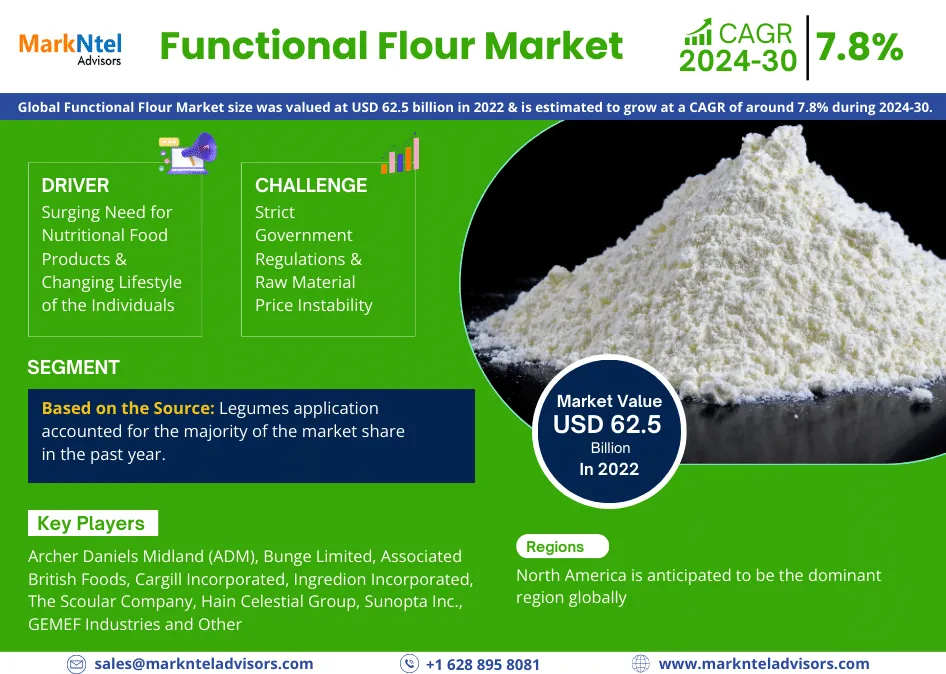Overview of HACCP
Hazard Analysis and Critical Control Points (HACCP) is a systematic approach designed to ensure food safety through the identification and management of potential hazards in the food production process. Developed in the 1960s, HACCP emerged from the need to provide a structured method for preventing foodborne illnesses and ensuring the safety of food products. The core principle of HACCP involves analyzing every step of the food production process, from raw material sourcing to final product distribution, to identify and control any potential hazards that could compromise food safety.
Role in Food Safety
HACCP is a proactive approach to food safety that focuses on preventing problems before they occur rather than reacting to issues after they have arisen. The system is built around seven key principles: conducting a hazard analysis, determining critical control points (CCPs), establishing critical limits for each CCP, monitoring procedures, implementing corrective actions, verifying the system, and maintaining proper documentation. By following these principles, food businesses can systematically identify risks such as biological, chemical, or physical hazards and implement controls to mitigate these risks effectively.
Importance in Preventing Foodborne Illnesses
One of the primary advantages of HACCP is its effectiveness in preventing foodborne illnesses. Foodborne pathogens, such as Salmonella, E. coli, and Listeria, can cause serious health issues if not properly managed. HACCP helps mitigate these risks by identifying where and how contamination might occur during the food production process and establishing procedures to prevent such occurrences. For instance, by setting critical limits for cooking temperatures, HACCP ensures that foods are cooked thoroughly enough to kill harmful bacteria.
Ensuring Product Quality
In addition to enhancing food safety, HACCP also plays a vital role in maintaining high product quality. By controlling critical points in the production process, HACCP helps ensure that food products meet consistent standards of safety and quality. This consistency is crucial not only for consumer health but also for building trust and maintaining a positive reputation in the market. For food producers, adherence to HACCP principles can also streamline operations and reduce the risk of product recalls, which can be costly and damaging to a brand’s reputation.
What is HACCP?
Hazard Analysis and Critical Control Points (HACCP) is a comprehensive and systematic approach to ensuring food safety. This proactive system focuses on preventing problems before they occur rather than addressing issues reactively. By systematically analyzing each step of the food production process, from raw material acquisition through to final product distribution, HACCP helps to mitigate risks associated with foodborne illnesses and contamination. The core idea is to address hazards at their source, ensuring that food products are safe for consumption and meet quality standards.
The Seven Principles of HACCP
These principles provide a structured framework for developing and implementing effective food safety plans.
- Conduct a Hazard Analysis: The first principle involves identifying potential hazards that could be present at each step of the food production process. This includes biological, chemical, and physical hazards.
- Determine Critical Control Points (CCPs): Critical Control Points are stages in the food production process where control measures are essential to prevent or eliminate a food safety hazard, or reduce it to an acceptable level.
- Establish Critical Limits: For each CCP, critical limits are set to define the maximum or minimum values that must be met to ensure that the hazard is effectively controlled. These limits are often based on scientific research and regulatory requirements. For instance, a critical limit for cooking might be a minimum internal temperature that ensures the destruction of harmful bacteria.
- Monitor the Critical Control Points: Monitoring procedures are established to ensure that each CCP stays within the critical limits. This involves regular checks and observations to verify that the control measures are being implemented correctly. Monitoring might include temperature checks, visual inspections, or other forms of measurement.
Application in Food Production and Processing
The application of HACCP principles is crucial in various stages of food production and processing. By systematically applying these principles, food producers can identify potential risks at each stage and implement effective controls to mitigate them. For example, in a meat processing plant, a hazard analysis might identify microbial contamination as a significant risk. The CCP for this risk could be the cooking process, with critical limits set for the required internal temperature. Verification activities would include reviewing temperature logs and inspecting the cooking equipment.
In summary, HACCP provides a structured and proactive approach to managing food safety hazards. By following the seven principles, food producers can effectively identify, control, and monitor potential risks throughout the food production process. This systematic approach not only helps in preventing foodborne illnesses but also ensures that food products meet the highest safety and quality standards.
Conclusion
In summary, HACCP is an essential framework for managing food safety and ensuring the quality of food products. Its structured approach to identifying and controlling potential hazards throughout the food production process makes it a vital tool in preventing foodborne illnesses and maintaining high standards of product quality. By implementing HACCP, food businesses can not only safeguard public health but also enhance their operational efficiency and consumer trust.
Recap of HACCP Importance
In conclusion, Hazard Analysis and Critical Control Points (HACCP) stands as a cornerstone of modern food safety management. Its systematic approach to identifying, evaluating, and controlling potential hazards throughout the food production process is critical for ensuring that food products are safe for consumption. This proactive strategy not only prevents health crises but also fortifies the trust that consumers place in food products.
Protecting Consumers and Maintaining Business Reputation
The implementation of HACCP has profound implications for both consumer safety and business reputation. By adhering to HACCP principles, food producers demonstrate their commitment to high standards of hygiene and safety, which in turn enhances consumer confidence. Ensuring that food products are consistently safe and of high quality helps build a positive reputation, fostering consumer loyalty and satisfaction. Conversely, failure to implement HACCP effectively can lead to serious consequences, including foodborne outbreaks, costly recalls, and significant damage to a company’s reputation. Therefore, maintaining rigorous HACCP practices is not only a matter of regulatory compliance but also a crucial factor in sustaining a successful and reputable food business.
Encouragement for Long-Term Success
For long-term business success, prioritizing HACCP implementation is essential. The benefits of a robust HACCP system extend beyond immediate safety concerns; they contribute to the overall efficiency and resilience of food production operations. Investing in HACCP not only minimizes the risk of contamination and recalls but also streamlines processes and improves overall product quality. By embedding HACCP principles into the daily operations, food businesses can achieve compliance with industry standards, reduce operational risks, and ultimately enhance their market competitiveness. Embracing HACCP is therefore a strategic decision that supports both consumer safety and the long-term viability of the business.
In summary, HACCP is indispensable for ensuring food safety, protecting consumers, and maintaining a strong business reputation. Its implementation is a proactive measure that yields significant benefits in terms of safety, quality, and operational efficiency.










